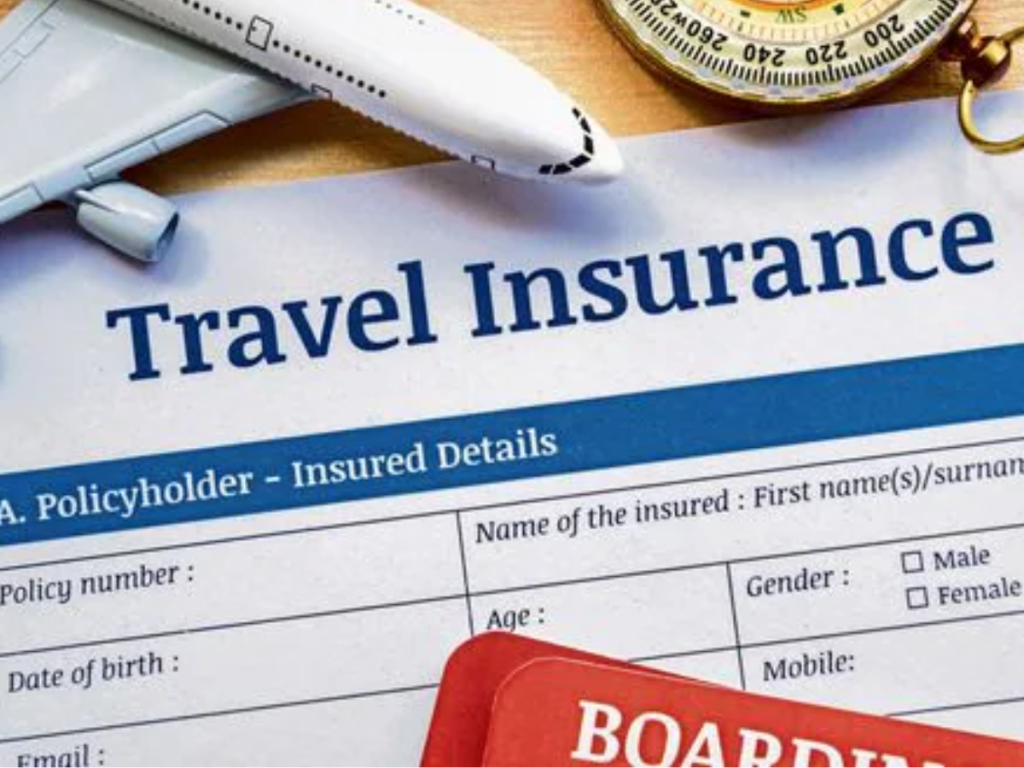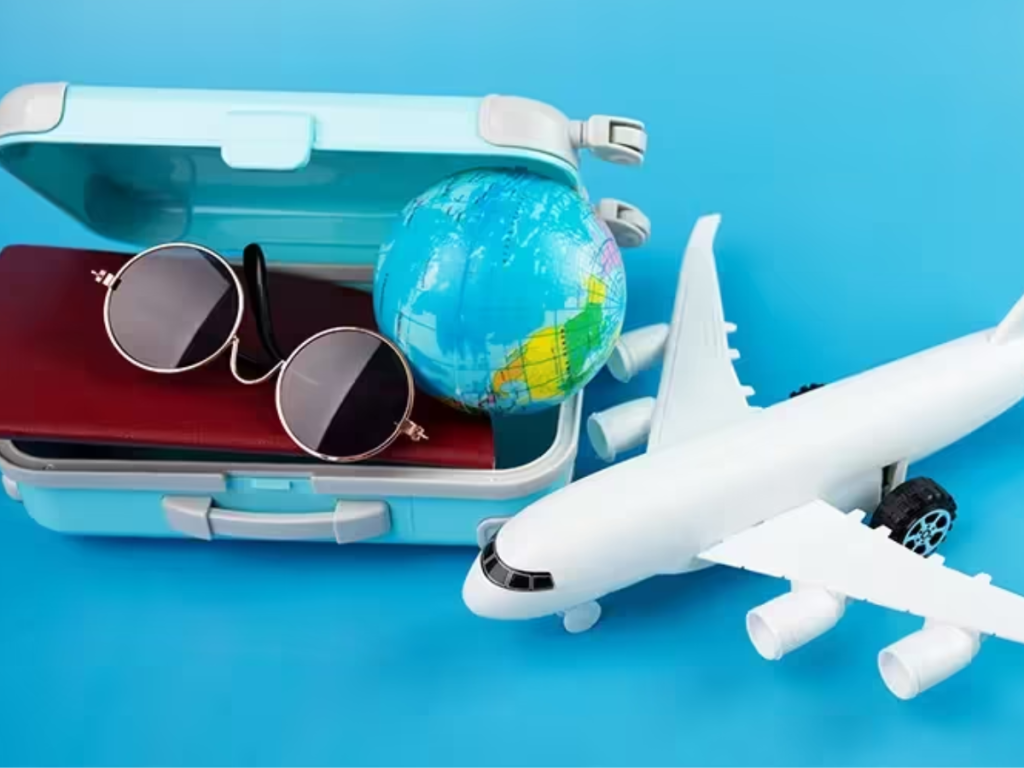Introduction
Traveling internationally is an exhilarating experience filled with opportunities to explore new cultures, meet new people, and create unforgettable memories. However, along with the excitement of international travel comes a range of unpredictable situations—medical emergencies, trip cancellations, lost luggage, or even natural disasters. This is where travel insurance becomes a crucial aspect of your journey, offering peace of mind and financial protection. Whether you’re a first-time traveler or a seasoned globetrotter, understanding the importance and intricacies of travel insurance is essential.
What Is Travel Insurance?
Travel insurance is a type of coverage designed to protect travelers from the unexpected costs that may arise before or during a trip. It can cover a wide range of issues including medical emergencies, trip cancellations, interruptions, delays, lost or stolen belongings, and personal liability.
Essentially, travel insurance acts as a safety net. It ensures that if something goes wrong—whether it’s a missed flight or a sudden illness—you won’t be left to deal with the consequences alone or out-of-pocket.
Why Travel Insurance Is Important for International Travel
When traveling internationally, you’re often far from your support systems and may not have access to the healthcare or resources you rely on back home. This distance makes travel insurance particularly important for a few key reasons:
- Healthcare Abroad Can Be Expensive
Many countries have private healthcare systems that can be costly, especially for non-residents. Without insurance, a simple hospital visit can turn into a financial burden. - Medical Emergencies Are Unpredictable
Accidents and illnesses can happen anywhere. Travel insurance ensures you receive the necessary medical treatment without worrying about the cost. - Travel Disruptions Are Common
Flights can be delayed or canceled due to weather, political unrest, or airline issues. Travel insurance can reimburse you for additional expenses caused by such disruptions. - Lost or Stolen Belongings
Luggage can go missing or items can be stolen during travel. Insurance helps you recover financially from these losses. - Peace of Mind
Knowing you’re protected allows you to fully enjoy your trip without constant worry about the “what ifs.”
Types of Travel Insurance Coverage
Not all travel insurance policies are created equal. Understanding the types of coverage available will help you select a plan that fits your needs:
1. Trip Cancellation and Interruption Insurance
This covers you if your trip gets canceled or interrupted due to a covered reason, such as illness, injury, death in the family, natural disaster, or other unexpected events. You may be reimbursed for non-refundable expenses like flights, hotel bookings, and tours.
2. Medical Insurance
This is arguably the most important part of travel insurance. It covers emergency medical expenses during your trip, including doctor visits, hospital stays, surgeries, and sometimes even dental emergencies.
3. Emergency Evacuation and Repatriation
If you’re seriously injured or become ill in a remote area, this coverage pays for medical evacuation to the nearest suitable facility. It also covers the cost of returning your remains in case of death.
4. Baggage Loss and Delay
This protects you if your luggage is lost, stolen, or delayed. Policies usually reimburse the value of lost items or the cost of essential purchases if your baggage is delayed.
5. Travel Delay
If you’re stuck in a layover due to flight delays or other reasons beyond your control, this coverage helps with extra expenses like meals and accommodation.
6. Accidental Death and Dismemberment
This provides compensation in the event of death or permanent disability due to an accident during your trip.
7. Personal Liability
If you accidentally injure someone or damage property while abroad, this coverage helps with legal and compensation costs.
What Travel Insurance Doesn’t Cover
While travel insurance offers a wide range of benefits, there are common exclusions you should be aware of:
- Pre-existing Medical Conditions: Most policies do not cover pre-existing conditions unless you purchase a waiver or special policy.
- High-Risk Activities: Adventure sports like skydiving, scuba diving, and bungee jumping may not be covered unless you add a rider.
- Civil Unrest or War: Travel to countries in active conflict zones may void your insurance.
- Alcohol or Drug-Related Incidents: Injuries or accidents that occur while under the influence are typically not covered.
- Unapproved Medical Treatments: Treatments that are not considered emergency or approved by the insurer may not be reimbursed.
Always read the policy documents carefully to know exactly what is and isn’t covered.
How to Choose the Right Travel Insurance
Choosing the right travel insurance requires careful consideration of several factors:
1. Destination
Different countries have different healthcare systems, risks, and costs. Make sure your policy covers the country you’re traveling to, especially if it’s known for expensive healthcare.
2. Duration of Travel
Policies vary depending on whether you’re taking a short trip, a long vacation, or even long-term travel. Ensure your coverage lasts for your entire trip.
3. Activities Planned
If your itinerary includes adventure sports, hiking, or diving, make sure these are covered or add a rider that includes them.
4. Medical History
If you have pre-existing conditions, look for a plan that offers a waiver or specific coverage options for such conditions.
5. Value of Belongings
If you’re traveling with expensive gear like cameras, laptops, or jewelry, check that your baggage coverage limit is sufficient.
6. Travel Budget
Higher coverage means higher premiums, but don’t opt for the cheapest plan without checking if it meets your actual needs.
When to Buy Travel Insurance
The best time to buy travel insurance is as soon as you book your trip. This ensures that you get full coverage for trip cancellation or interruptions that might happen before your departure.
Some benefits, like coverage for pre-existing conditions or cancel-for-any-reason (CFAR) coverage, are only available if you purchase insurance within a specific time frame after making your first trip payment—often within 14–21 days.
How to Make a Travel Insurance Claim
Filing a claim can be a straightforward process if you follow these steps:
- Contact Your Insurer Immediately: Especially in case of emergencies, delays, or medical issues.
- Collect Documentation: Keep receipts, doctor reports, police reports (for theft), and any correspondence related to your claim.
- Submit Your Claim Promptly: Most insurers have a deadline for claim submissions, often 30–90 days.
- Follow Up: Stay in touch with the insurance company to track your claim status and provide any additional information they request.
Common Myths About Travel Insurance
“I’m Young and Healthy, I Don’t Need It.”
Emergencies don’t discriminate. Even if you’re fit, accidents can happen anywhere, and hospital bills abroad can be extremely costly.
“My Credit Card Provides Enough Coverage.”
While some credit cards offer limited travel insurance, they rarely cover comprehensive medical care or emergency evacuation.
“I’ll Just Buy Insurance at the Airport.”
Last-minute purchases can be rushed and may not offer full coverage. It’s better to research and compare plans in advance.
“It’s Too Expensive.”
Basic travel insurance can be very affordable, often costing less than 5-10% of your trip. When compared to potential losses, it’s a wise investment.
Real-Life Scenarios Where Travel Insurance Helped
- Medical Emergency in Thailand: A traveler had to undergo emergency surgery for appendicitis. The insurance covered the $15,000 bill, hotel cancellation, and return flight rebooking.
- Lost Luggage in Paris: A tourist’s suitcase was lost during a connecting flight. Travel insurance reimbursed them for clothing and essentials worth $1,200.
- Trip Cancellation Due to Illness: A family had to cancel a $10,000 European trip when their child developed pneumonia. Insurance reimbursed the non-refundable travel costs.
Tips for Getting the Most from Your Travel Insurance
- Compare Multiple Policies: Use comparison tools to get quotes and understand benefits.
- Keep Emergency Contact Numbers Handy: Store your insurer’s contact details and policy number on your phone and in printed form.
- Inform Your Insurer Immediately in Emergencies: This ensures you follow correct procedures and don’t void your coverage.
- Understand the Claims Process in Advance: Familiarize yourself with required documentation.
- Be Honest: Disclose all relevant information accurately when buying the policy to avoid denied claims later.
Final Thoughts
Travel insurance might seem like just another item on your pre-travel checklist, but it could be the most important one. It’s not just about protecting your wallet—it’s about protecting your health, your plans, and your peace of mind. Whether you’re heading on a weeklong vacation, a business trip, or a year-long adventure, travel insurance provides the confidence to explore the world knowing you’re covered against the unexpected.

